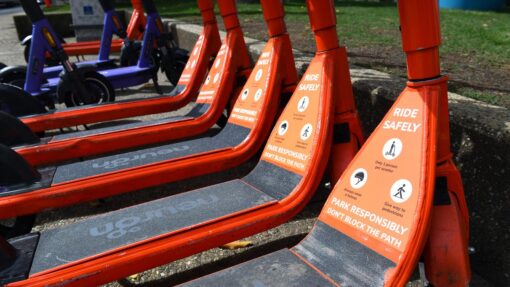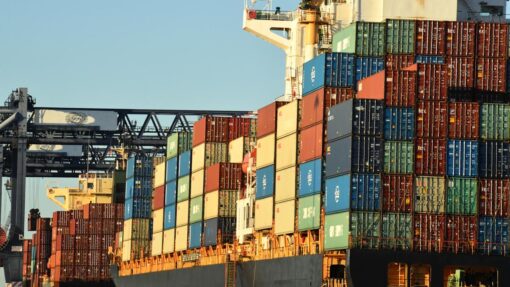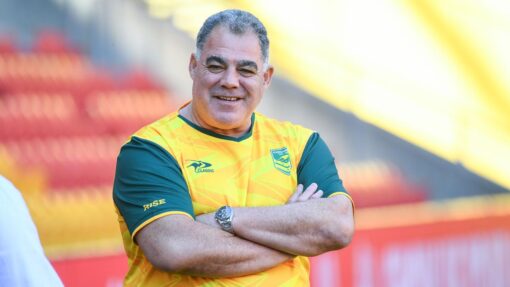Rate rise plausible later this year: Lowe
Colin Brinsden, AAP Economics and Business Correspondent |
Reserve Bank governor Philip Lowe believes it is plausible that the cash rate could rise later this year, but says there are still uncertainties to resolve.
However, he is surprised that financial markets are pricing in several increases this year and the same as what is predicted in the United States, when inflation in Australia is half of that in the US.
“It’s certainly a plausible scenario that rates go up later this year. Because inflation is not that high at the moment, we can wait to see how those uncertainties resolve,” Dr Lowe told the National Press Club on Wednesday in response to a question.
“If they resolve in one way, then we’ll raise rates. If they resolve in another way and it is still plausible that the first increase in interest rates is a year or longer away.”
His address came the day after the RBA’s first board meeting of the year where it left the cash rate at a record low 0.1 per cent and ended its $350 billion bond buying program.
“As I have said on previous occasions, the board will not increase the cash rate until inflation is sustainably within the two to three per cent range,” he said.
“Based on the evidence we have, it is too early to conclude that inflation is sustainably in the target range.”
Annual underlying inflation unexpectedly rose to 2.6 per cent in the December quarter, the highest in seven years.
He also recognised that in a number of other countries where they have ended their bond purchase program it has been followed closely, or is expected to be followed closely, by an increase in the policy rate.
“While inflation has picked up in Australia, it remains substantially lower than the seven per cent rate in the United States, 5.4 per cent in the United Kingdom, and 5.9 per cent in New Zealand,” he said.
It has also not been accompanied by strong wages growth as is the case in the US and the UK.
“These are important differences. Our lower rate of inflation and low wages growth are key reasons we don’t need to move in lock step with others,” he said.
He expects wages growth in Australia to reach to 2.75 per cent this year and three per cent over 2023, compared with just 2.2 per cent currently.
He said the economy has performed significantly better than he expected, despite the setback of last year’s Delta outbreak.
But one source of ongoing uncertainty is the possibility of further virus outbreaks, with the Omicron variant being a reminder of such risks.
“Prior to Omicron, the economy had established strong positive momentum, bouncing back quickly following the easing of the Delta restrictions,” Dr Lowe said.
“This momentum wasn’t sustained into the new year, with Omicron leading to many people having to isolate, interrupting supply chains and affecting spending as people sought to limit their activities.”
Even so, he expects the economy will grow in the March quarter.
He expects the unemployment rate to decline to around 3.75 per cent by the end of this year and be sustained at around this rate during 2023.
“If this comes to pass, it would be a significant achievement. The last time we had the unemployment rate below four per cent was in the early 1970s,” he said.
AAP


